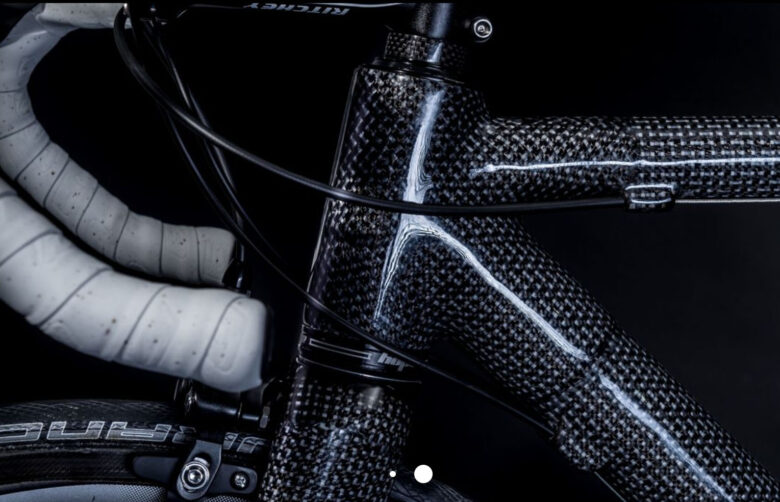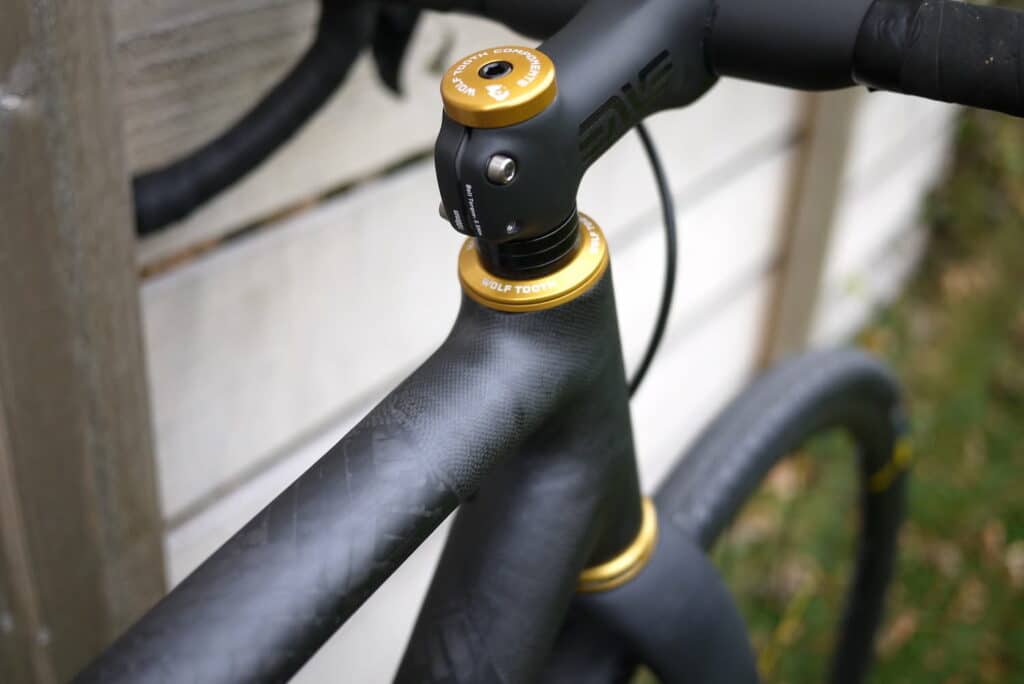Since the days of the 1986 Tour de France, when Greg Lemond used the first carbon fiber bike to win the competition, carbon fiber bikes became an essential tool for professional cyclists in steering their careers.
Are carbon bikes, though, really worth the hype they have received over the years? Of course, various bike brand companies have been using this trend to drive sales, which worked most of the time.
This article delves into the various carbon fiber frames in the market and their advantages and disadvantages.
Contents
What Types of Carbon Fiber Frames Exist?
All carbon fiber frames aim for a high weight-to-strength ratio. There are two common carbon fiber frames tailored for specific needs. Bikes made out of the K1 fiber offer good stiffness and consistency. Unidirectional fibers are lighter and stronger, having been woven in a specific direction.
Advantages of Carbon Fiber Bikes
If you are looking to own a carbon fiber bike, check here, but first, educate yourself on the pros and cons of owning one.

Source: prestigecol.co.za
-
Are Lighter
Carbon fiber is relatively light compared to materials used to make bikes, such as aluminum and titanium. It is attributed to their less dense yet strong properties, with a mass of 1.6g/cm3. They have a relatively higher strength-to-weight ratio than both aluminum and titanium. Due to these properties, the material is also used in the aerospace and building industries.
-
Are Comfortable
Comfortability, in this case, is attributed to their shock absorption ability. They can absorb vibrations and maintain rigidity during riding. These attributes make them a go-to bike for competing cyclists.
-
Are Easily Customized
Carbon fiber frames make customization easy. A mold is usually made, and a carbon fiber sheet is attached. The two are fixed together using epoxy resin. This method allows the cyclist to replace parts such as the seat post and handlebars at his own pace.
-
Offer Better Resistance
Carbon bikes are good at shock resistance, can withstand high temperatures, and resist corrosion in aqueous conditions. It is unlike traditional bikes made of aluminum.
-
Easy to Repair
The carbon fiber material is plastic. Heated material poured into molds, the material proves easy to repair when cracked or broken. Such repair is also inexpensive, which is the contrary when working with alloy or steel.

Source: bianchi.com
-
Don’t make Noise
Most traditional bikes are creaky, which is disturbing to some ears. The noise is due to the constant rubbing of aluminum frames with titanium frames. The carbon fiber bike is, however, a quiet one.
-
Are More Efficient
Carbon fiber bikes are easy to ride as they are lighter and aerodynamically specified. They are also relatively rigid compared to other bike materials like titanium. With these properties, a cyclist can ride for longer with the same energy levels as would have been used with the metal bike.
-
Are Easy to Handle
The carbon fiber bike is the best if you are looking for a bike compatible with your specific needs. This aspect is due to their easy customizability, efficiency, and lightness.
-
Are Elastic
Carbon fiber, like other plastics, is elastic. It is attributed to their manufacturing process, where they are either unidirectionally woven or interwoven, forming a final flexible material. With such flexibility, the material offers excellent resistance to shocks, even in rough terrains.
Disadvantages of Carbon Fiber Bikes
These are the cons of owning a carbon fiber bike.

Source: applemanbicycles.com
-
Are Expensive
Carbon fiber bike manufacturing is quite expensive compared to manufacturing bikes out of aluminum alloy or titanium. It is because of the manual labor that goes into making one bike, translating to the overall price of the bike. A typical carbon fiber bike goes for at least ten thousand dollars. The bike also tends to crack or break more often, which makes maintenance an added expense.
-
Are Not Recyclable
This element makes them not environmentally friendly, like many plastics, taking at least fifty years to decompose. With the breaking and cracking rate, many carbon fiber components are inappropriately disposed of as already-made items cannot be melted to make other components.
The material is also toxic to those who make it, with dust posing a health hazard.
-
Brittle Material
A constant sudden impact on the part of the carbon fiber bike will cause cracking or breakage. It translates to higher maintenance costs compared to other metal materials like titanium and aluminum. Due to the layering process to make the bike thin and light, the carbon fiber frames also become quite fragile and have weak spots. Such undesirable properties also make it quite expensive to own a carbon fiber bikee.

Source: pinterest.com
-
Are Not Durable
Carbon fiber is, in theory, less tired than aluminum or titanium bikes. In retrospect, the material’s brittleness makes it hard for the carbon fiber bike to be durable. The bike cannot handle hard impacts, and even constant soft impacts may lead to cracking or eventual breaking.
-
Have Questionable Safety
Even the most minor cracks in the carbon fiber bike can easily cause structural compromise. The frame is more likely to fail than the metal frames and may lead to injury. To avoid this, one must be very keen when inspecting their carbon fiber bikes.
-
Hard to Carry Luggage With
Although the carbon fiber bike is stiff and rigid, its brittleness does not allow for luggage carrying. These bikes are best for riding during competitions, while metal bikes are ideal for adventures that require backpacking, as the frames can easily handle the weight.

Source: cyclingweekly.com
Final Thoughts
Carbon fiber bikes have their fair share of advantages and disadvantages. When deciding which bike frame you would like, these properties, whether good or bad, need to be put into perspective.
Carbon fiber bikes are the favorite of competing cyclists due to their lightness, efficiency, and aerodynamic properties. They are, however, costly and not suitable for backpacking riders.
